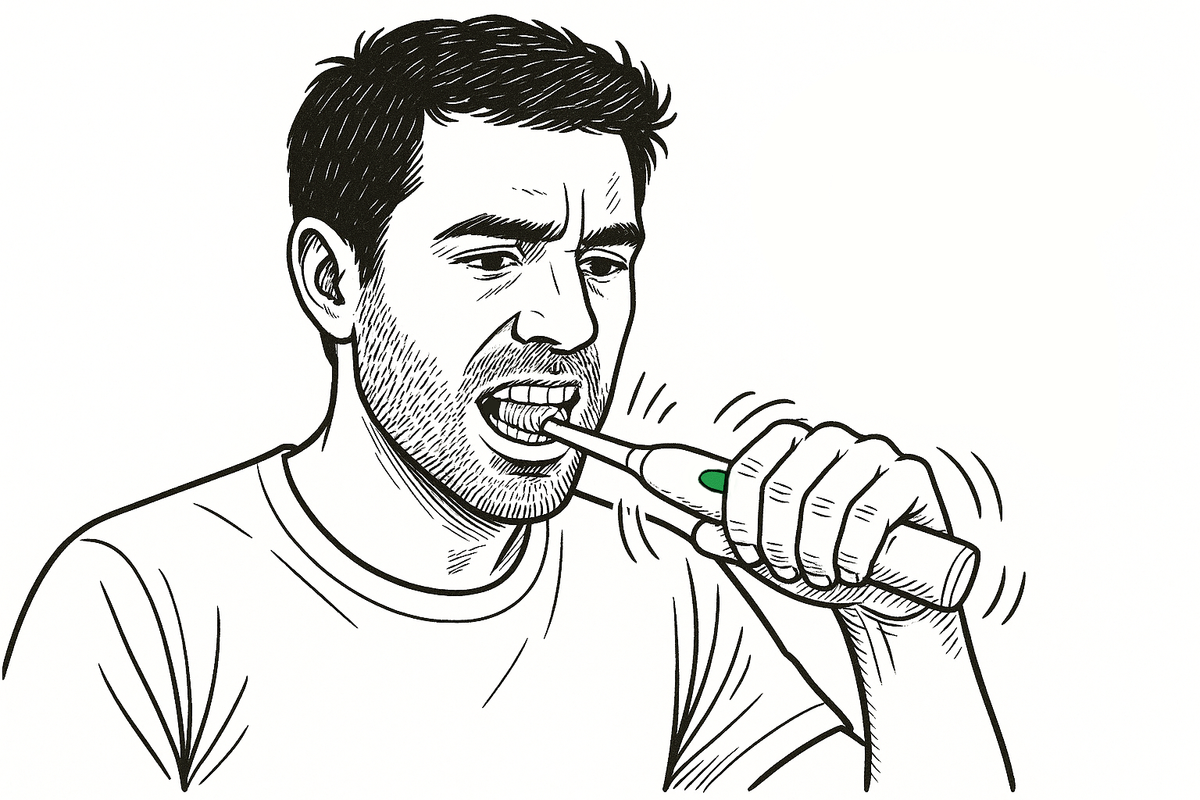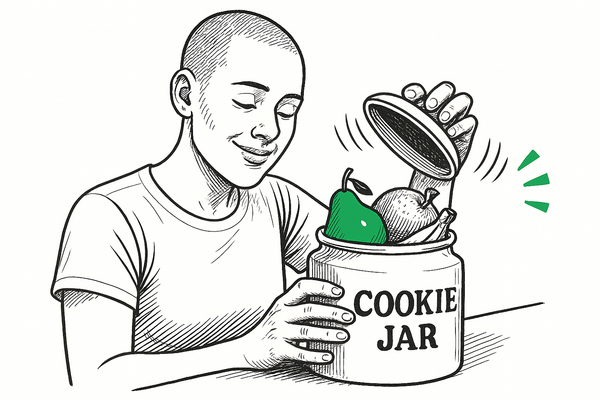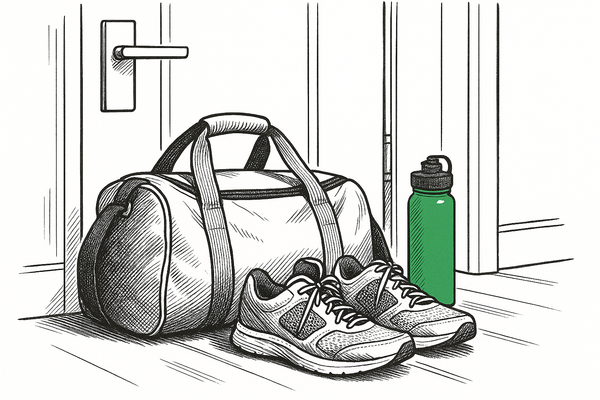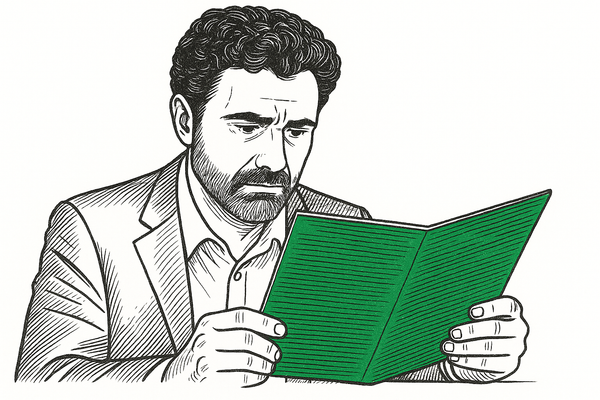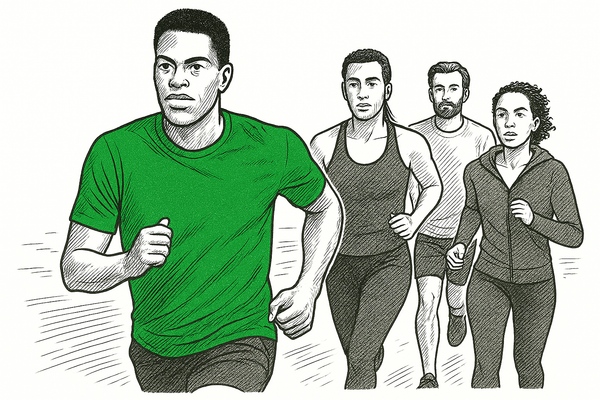Now:
Then:
Trigger test
Build
Set the goal
Write the outcome as a clear action.
“Submit timesheet” not “Be more accountable”
- Is it observable?
- Can two people agree when it’s done?
- Optional: Let users label their goal, it builds ownership.
Pick a progress signal
Choose a metric that moves when the behaviour moves.
- Does it update during the session or task?
- Does it directly reflect the behaviour, not just the result?
Visualise the progress
Use a visual that matches the type of effort:
Bars = building progress
Countdown = steps remaining
Streaks = consistency
- Will the audience see small wins regularly?
- Does the frame match the mental model of the task?
Flag errors
Every error flag should include what to do next.
Use short, action verbs: “Retry”, “Undo”, “Add detail”.
- Is the message ≤ 7 words?
- Is it private by default?
- Is red reserved for high-risk or compliance issues only?
Suggest one next move
Offer 1–2 helpful follow-ups after action.
Keep it brief, contextual, and time-sensitive.
- Does the nudge appear within 1 second?
- Does it disappear automatically after action is taken?
- Could it be confused with a pop-up or ad?
Adjust the frequency
Avoid overload by pacing feedback.
Bundle cues for fast, frequent tasks. Give users the option to snooze or mute.
- How many messages could appear in one hour?
- Can users control the flow without missing key info?
Match tone to skill level
New users: Use positive, gain-framed cues
Focus on wins, progress, and confidence-building.
“Nice start, you’ve submitted your first three reports!”
Intermediate users: Use neutral, balanced cues
Keep it direct, action-focused, and supportive without over-celebrating.
“One section missing. Add it now to stay on track.”
Expert users: Use challenge-framed cues
Lean into urgency, speed, or precision to keep engagement high.
“2 more to go, can you finish before 10am?”
Metrics
Log baseline numbers before drills. Then track gains.
In action
Lottery breaks cash habit to lifts card use 10%
Receipt-scan prize draws steered shoppers from cash to cards, lifting tax-traceable sales by 10% across Bergamo
GOVERNMENT
Colour-shift showerheads save 22% water
LED cues nudge guests to shorter showers, trimming water use by 22% without a guilt trip.
HOSPITALITY SUSTAINABILITY

